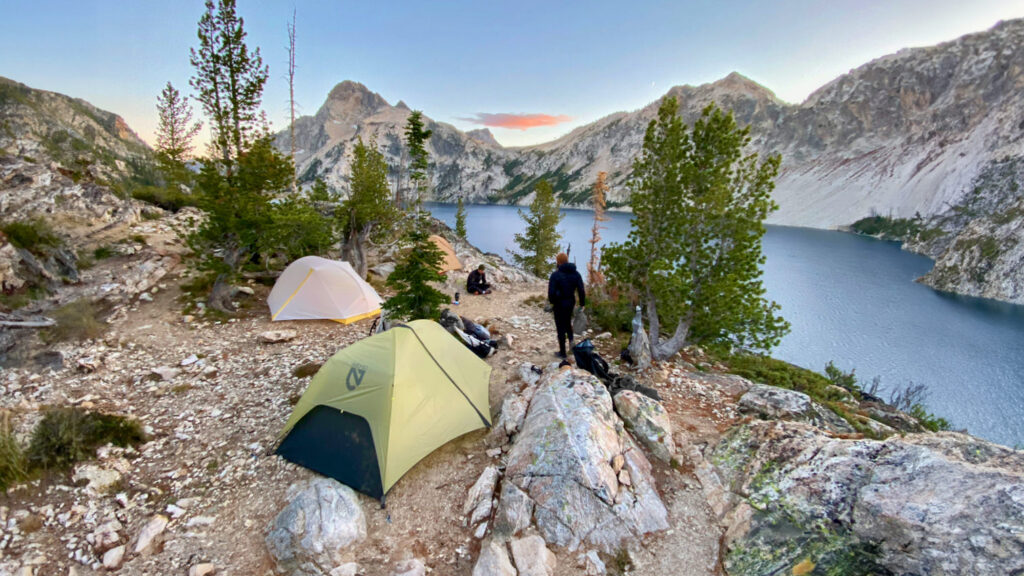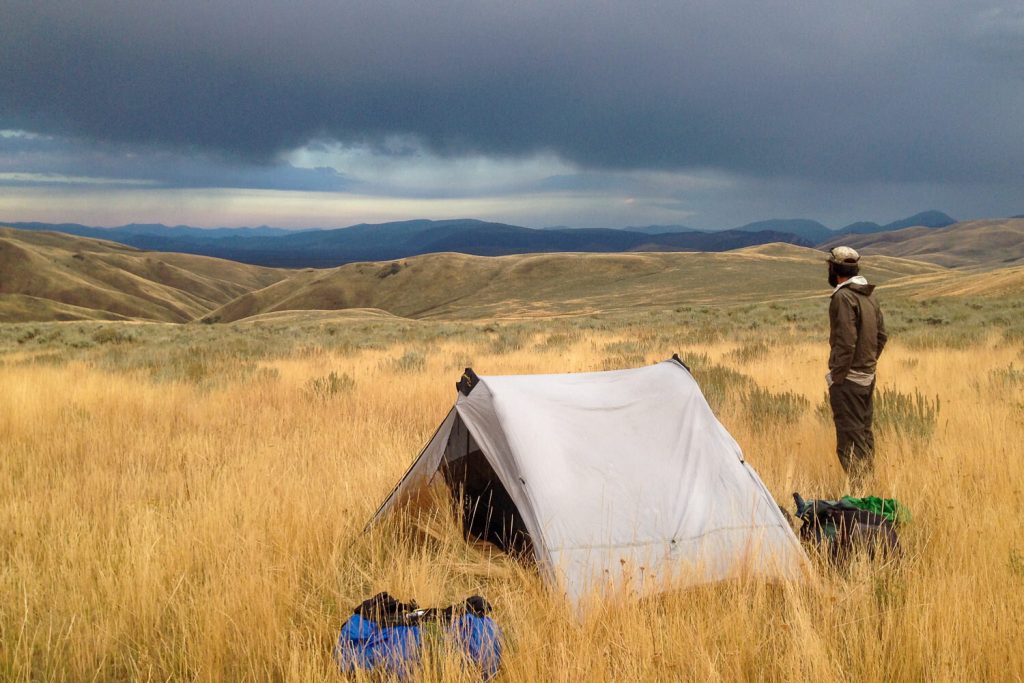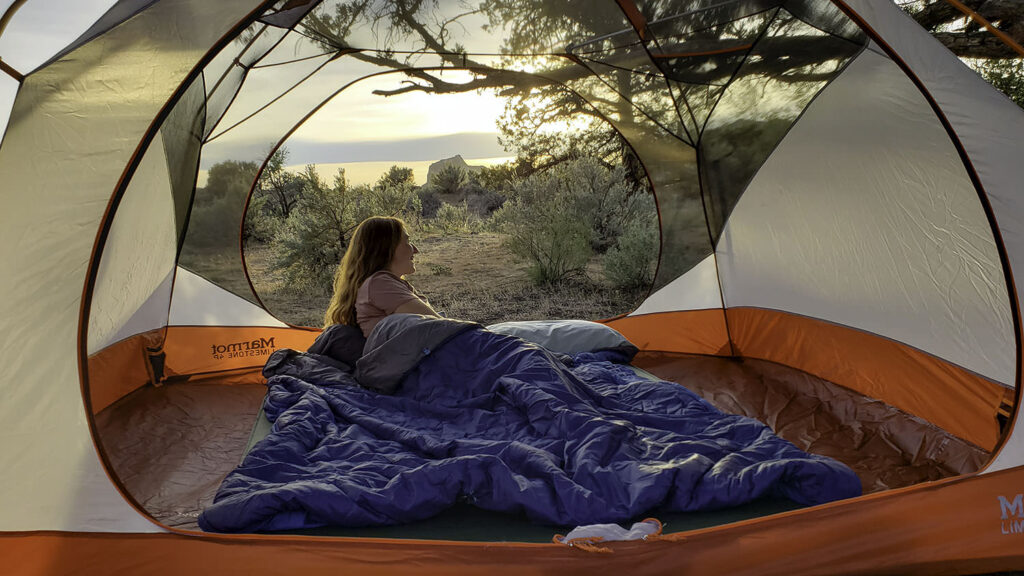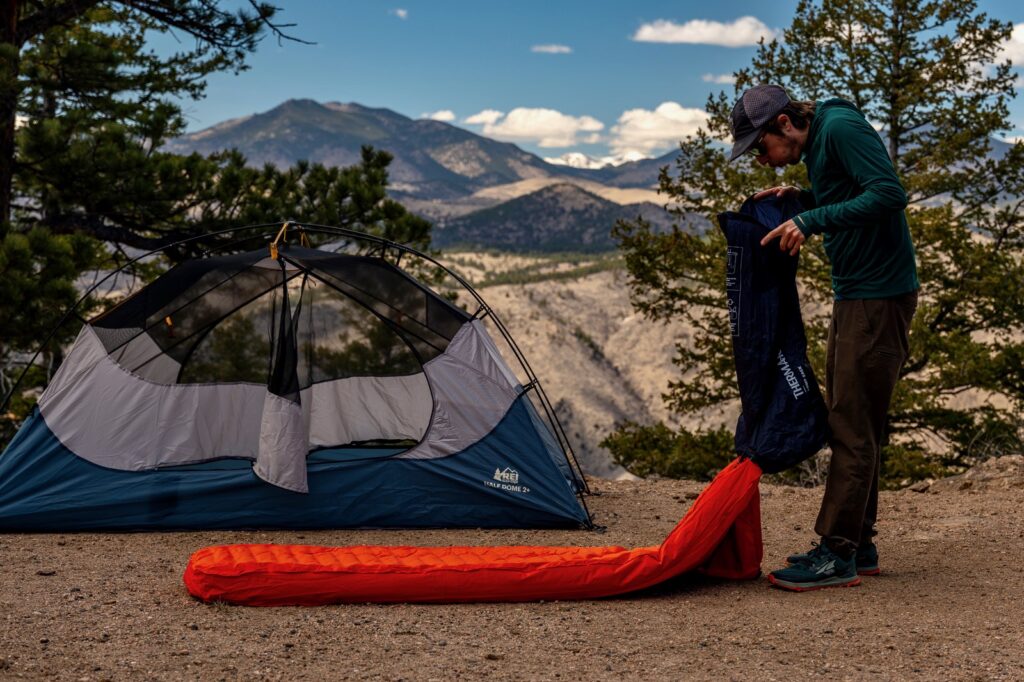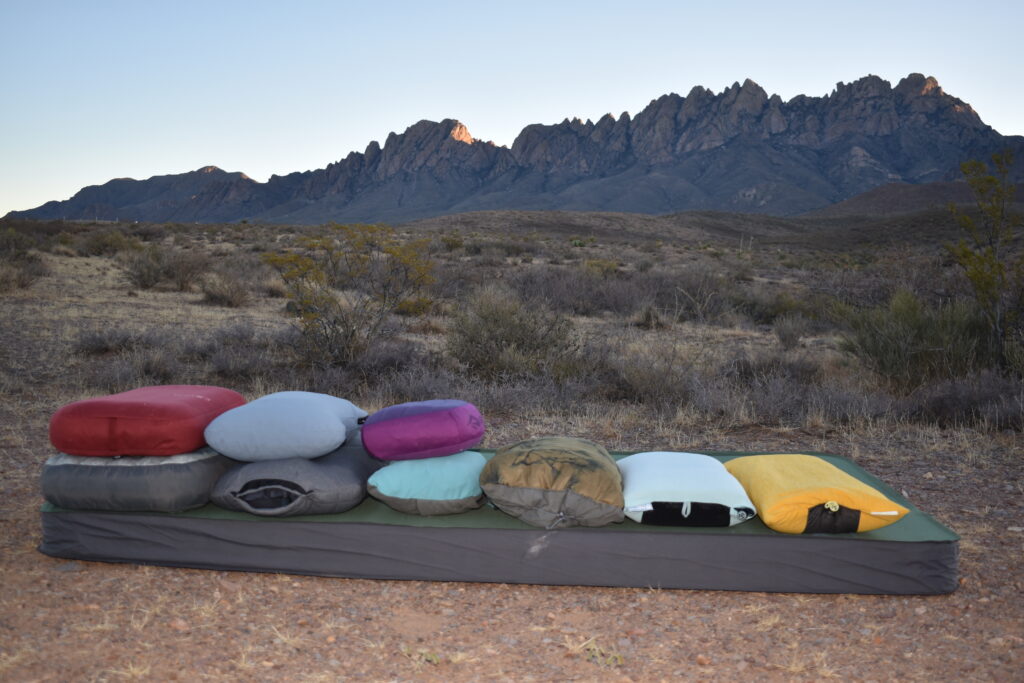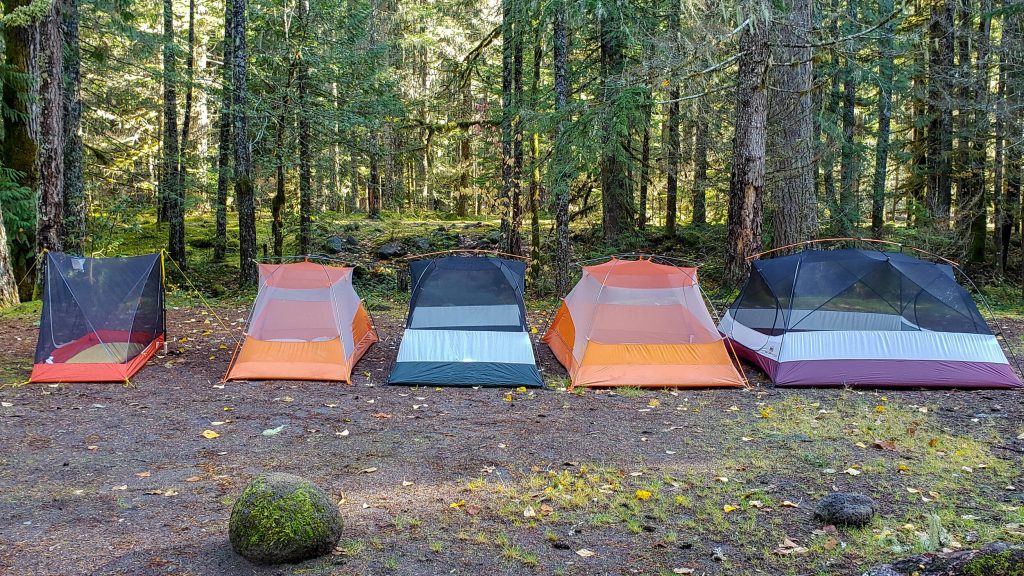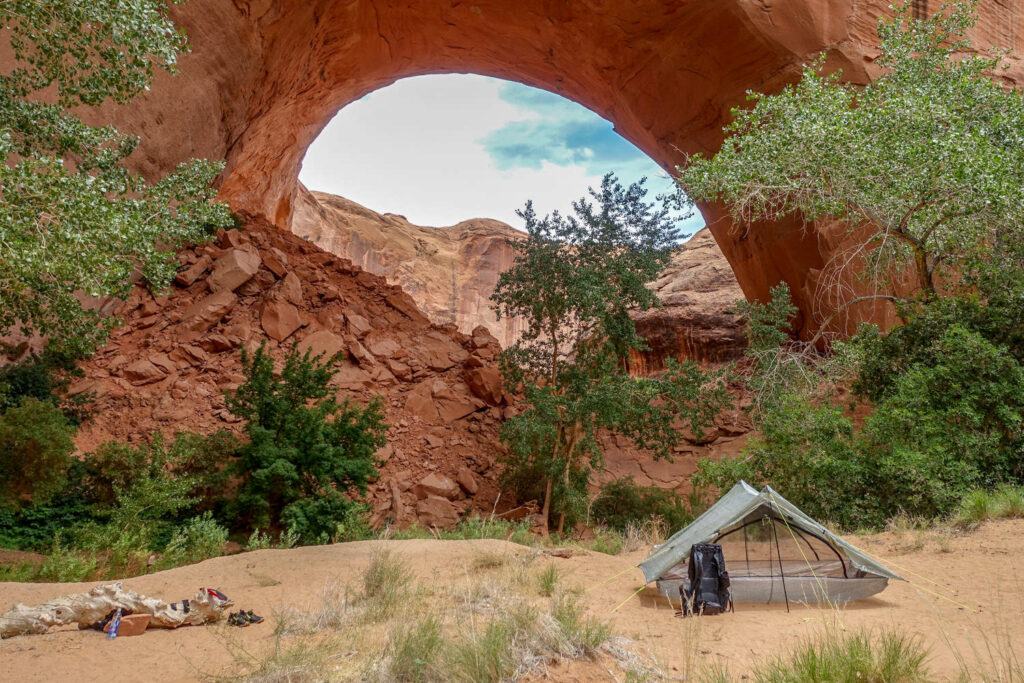
Bottom Line
Although it’s not the most fun to carry because of its size and weight, the Counter Assault is hard to beat when it comes to security, durability, and acceptance. We’ve tested bear canisters for dozens of nights in some of the most densely populated bear areas, and with the Bearkeg, we’ve always slept peacefully knowing our food was safe.
The bright yellow finish makes it easy to spot your bear canister from afar, but bears cannot see the enticing food inside. Bears will also dislike the three-way keylock design that needs a coin to open. Once inside, the spacious interior provides plenty of room to pack a week’s worth of food and makes packing and unpacking simple. It can even serve as a camp stool, although the domed top isn’t the most comfortable seat around.
The Bearkeg offers an affordable choice for backpackers heading into dense bear territory, but ultralight hikers aiming to shave every ounce might prefer a transparent canister or kevlar bag.
Our guide to the best bear canisters and backpacking food storage has many other options if you’re looking for something else.
How We Tested
We put the Bearkeg through its paces in dense black bear country during peak hyperphagia season, carrying it across dozens of trail miles in the Rocky Mountains. Along the way, we tested its capacity and usability in real-world backpacking scenarios, confirming that it lives up to all of the manufacturer’s claims.
Quick Specs

Counter Assault Bear Keg
Best Large Capacity Bear Canister
CleverHiker Rating: 4.6/5.0
Price: $100
Measured Weight: 3 lb. 11.4 oz.
Volume (Liters): 11.7
Certifications: IGBC, Approved Container for National Parks
Pros
- Secure
- Widely accepted
- High visibility
- Durable
- Huge capacity
Cons
- Heavy
- Bulky
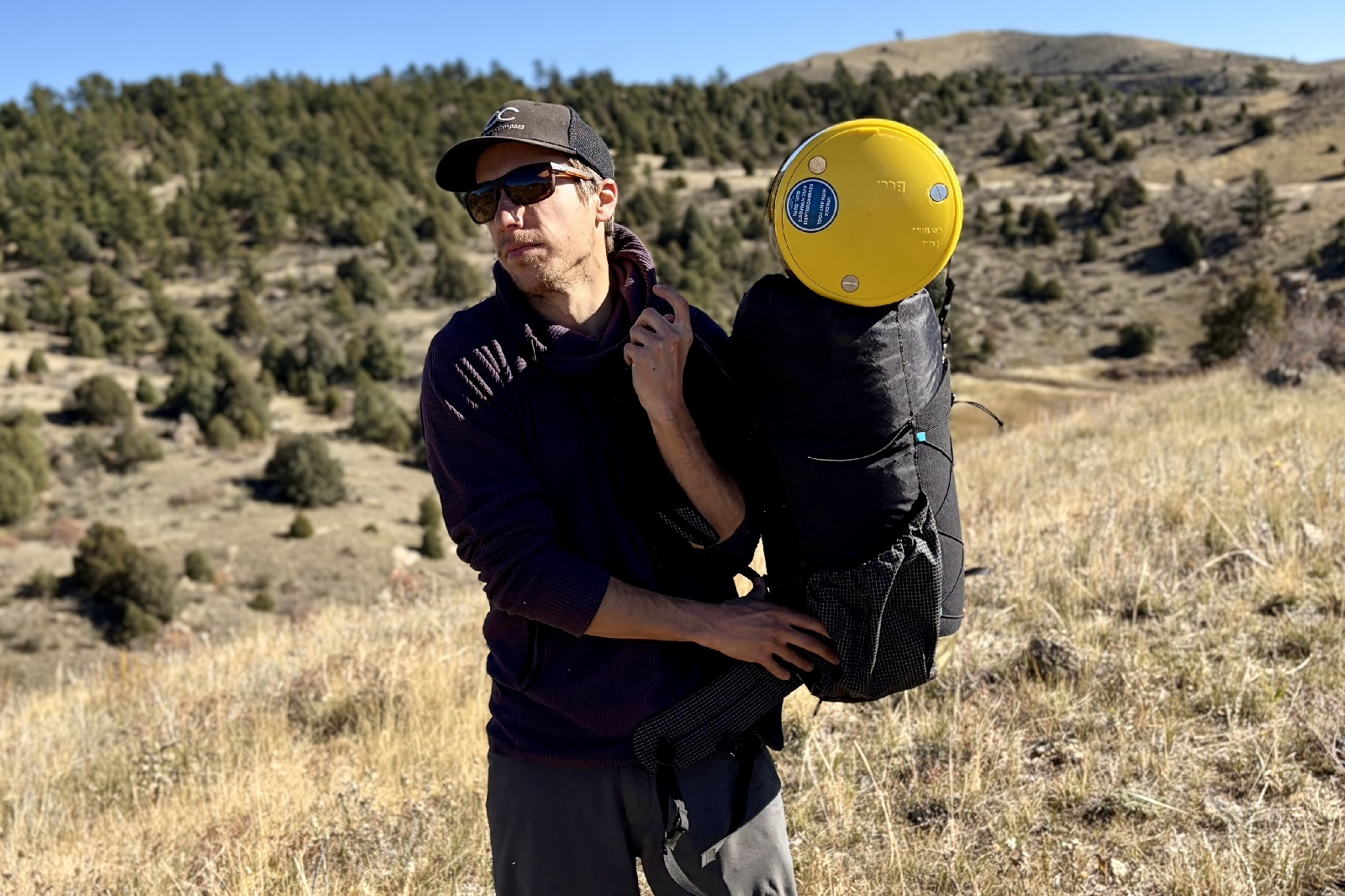
Weight & Packability
At 3 pounds 11.4 ounces (the heaviest bear canister on our list), weight isn’t the Bearkeg’s strong point. This isn’t the canister you bring when you’re counting ounces. It’s best for group trips where the load can be shared or rotated among hikers.
Packing the Bearkeg can be just as challenging as carrying it. Standing 13.5 inches tall with a 29-inch circumference, it eats up a lot of pack space. Realistically, vertical packing is your only option.
No backpack we’ve tested so far fits it horizontally. Packing it vertically is really the only viable option. Its smooth, slightly tapered sides also make it tricky to strap securely to the outside of a pack. If you’re planning to bring the Bearkeg, we recommend pairing it with a pack that has a V-strap or dual straps on the lid, or at least 60 liters of capacity.
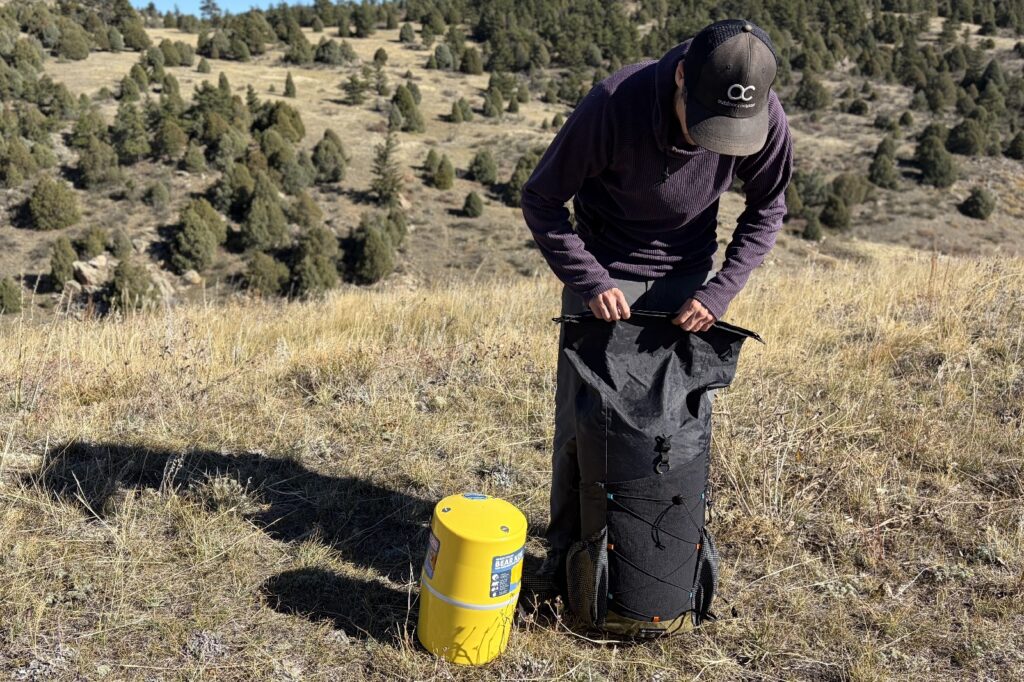
Ease of Use
The Counter Assault Bearkeg requires a coin or similar object to unlock, but overall, it’s quite simple to use. The only potential drawback for some might be the opaque walls, which block your snacks from view, but they also provide extra security against curious critters.
To open the lid, simply use a coin to turn the three stainless steel locks. The clearly marked lid then swings open to reveal a large opening that makes packing and unpacking easy. The lid is a little hard to grip with your fingers, but it easily falls out if tipped on its edge.
Another complaint some folks might have with the Bearkeg is its domed lid. The canister is sturdy enough to be used as a stool, but the domed top isn’t as comfortable on the butt.
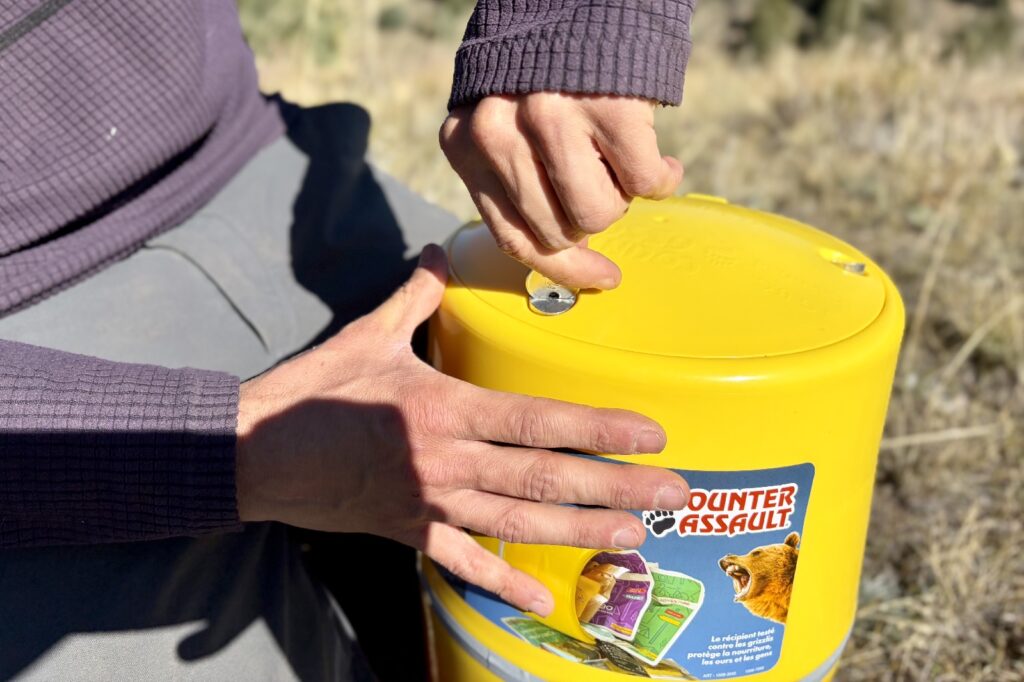
Security
The Bearkeg’s security is unquestionable – this thing is built like a WWII bunker. Its thick, rigid plastic shell barely flexes and feels like it could withstand a nuclear blast. In other words, no bear’s getting into this one.
Opening the canister requires human-level dexterity. The lid has three stainless steel locks that must be turned with a coin or similar tool – simple enough for people with opposable thumbs, impossible for paws and claws. That’s humans: 2, bears: 0.
While transparent canisters make it easier to spot small items, the Bearkeg’s opaque walls actually work in your favor by reducing a bear’s curiosity about what’s inside, keeping your food much safer.
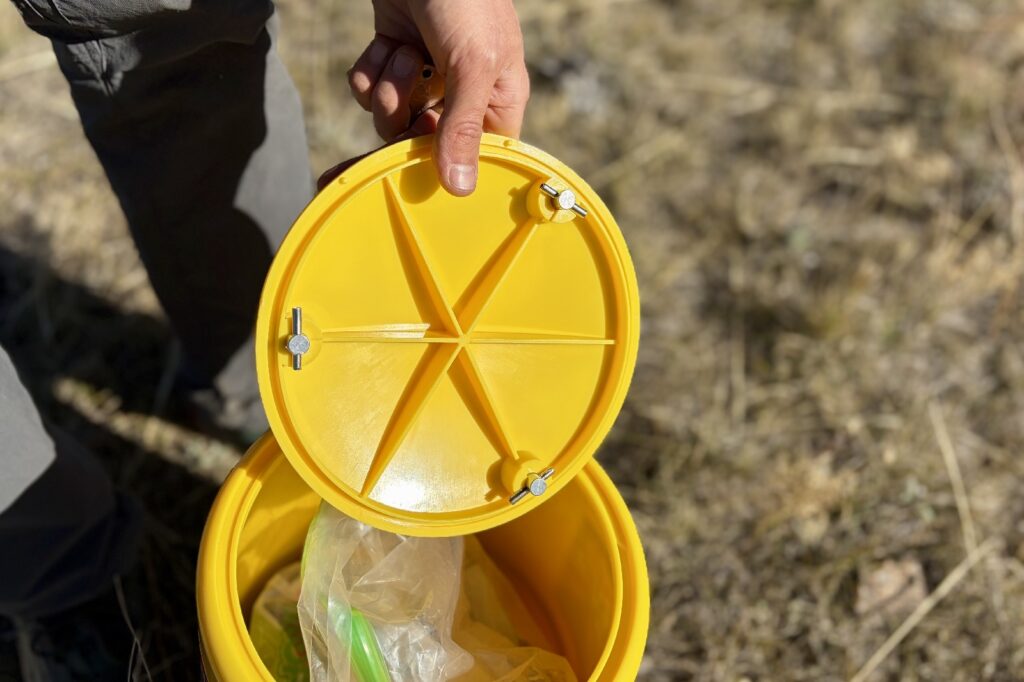
Permit CompatibiLity
The Counter Assault Bear keg is certified by the IGBC and is an approved container for all National Parks. The Bearkeg is a popular model stocked by ranger stations for rental to the public.
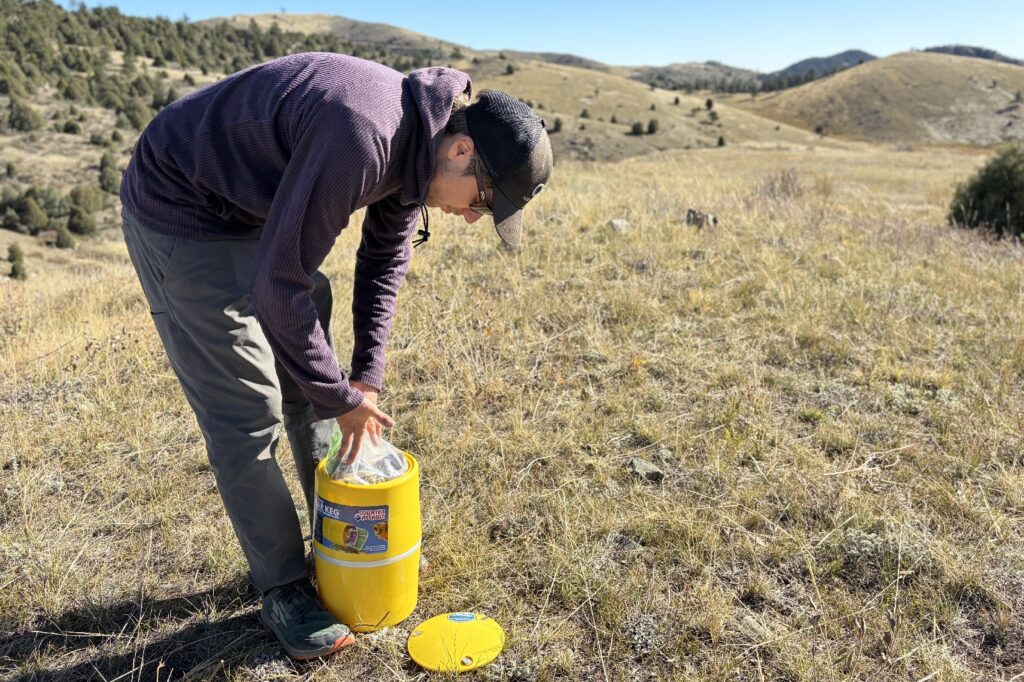
Capacity
The Bearkeg holds a lot of food. As a test, we checked how many dehydrated Good-to-Go meals we could fit into each canister while still closing it tightly, and the Bearkeg was able to hold 21 meals. That’s enough for 3 meals a day for a week, or dinners for three weeks!
In reality, the Bearkeg can store a week’s worth of food or more if you pack it carefully.

Should You Buy the Counter Assault Bearkeg?
Due to its large size and weight, the Counter Assault Bearkeg isn’t suitable for every trip, especially if you want to keep your pack lightweight. Instead, it’s best for long solo journeys or shorter group trips where persistent bears are a known concern.
Where bears are a real threat, however, you can relax knowing your food is secure inside the Bearkeg. It’s so sturdy and dependable that it probably won’t see a redesign unless a prehistoric super-bear species emerges from an ice age hibernation. Its reliability is supported by a list of agencies, including the NPS, so you can feel confident that you’re following food storage regulations virtually anywhere you go.
Luckily, the Bearkeg is no match for the human brain (and thumbs). Provided you have something flat and sturdy, it’s easy to open and even easier to pack thanks to its cavernous opening.
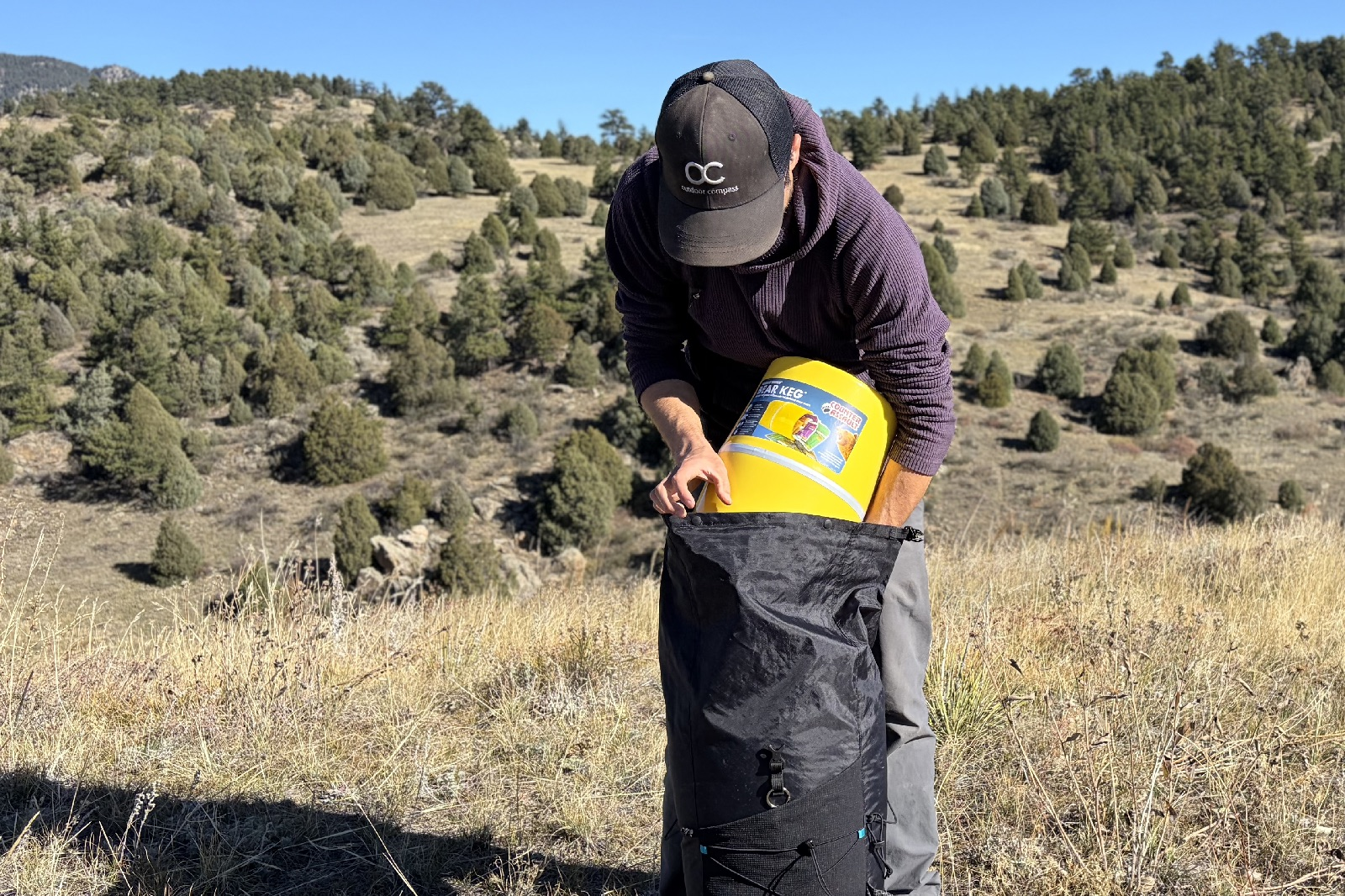
What Other Bear Canisters and Backpacking Food Storage Should You Consider?
Want a lighter option? See our complete guide to backpacking food storage.
Bare Boxer Champ Review: The Champ has a similar design to the Bearkeg, featuring a tool-dependent mechanism, tapered shape, and durable, opaque construction. Although it holds less food, it’s much lighter and easier to pack.
REI Traverse Review: Of all the transparent bear canisters, the REI Traverse inspires the most confidence with its thicker plastic walls and heavy-duty locking mechanism. It can even collapse in size as your food supply decreases or be adjusted to a smaller size for a quick trip.
BearVault BV500 Journey Review: BearVaults remain some of the most popular bear canisters used on the trail. They are simple, easy to pack, and affordable.



